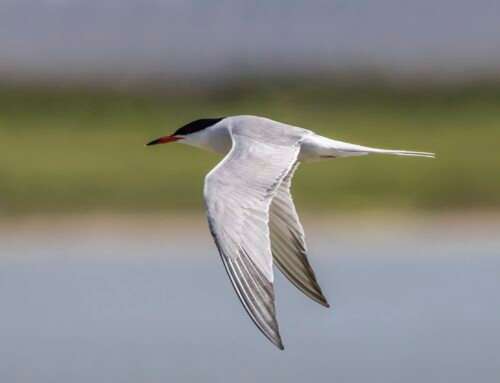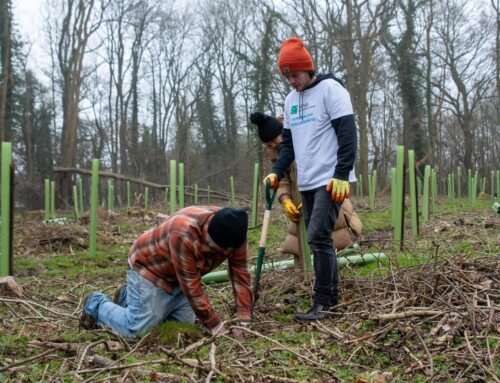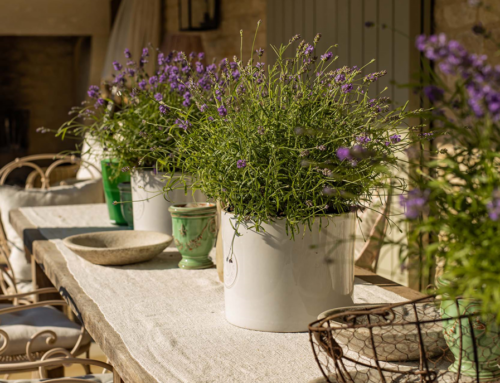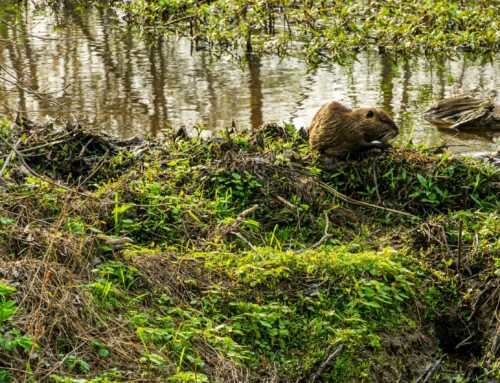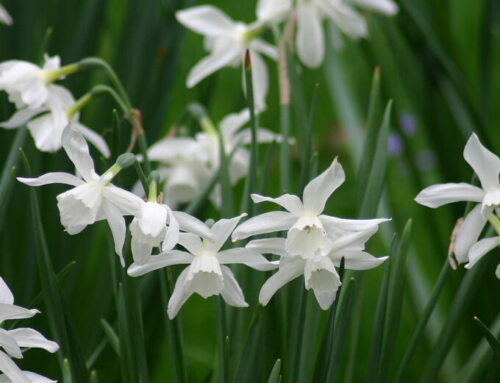Planting on Limestone-based Soils
By Libby Reeves
Here in Oxfordshire, we are surrounded by areas of historic limestone. The Cotswolds are on oolitic limestone; the Chilterns and North Wessex Downs (including White Horse Hill) are on chalk. This has wide implications for the native flora that grows in these areas and, ultimately, the plants in our gardens.
Limestone is a sedimentary rock formed from calcium carbonate in different forms. Under various processes, such a compression, water is removed from the primary form, creating a dense surface that builds up over time. Soils then form from this underlying rock and other rock surfaces locally. The product can be shallow, often high in pH, very free draining and low in nutrients. In some areas, there may be a thicker layer of soil sat over the underlying rock, allowing clay particles and organic matter to build up. As a result of this, the soil quality is improved and biodiversity is increased.
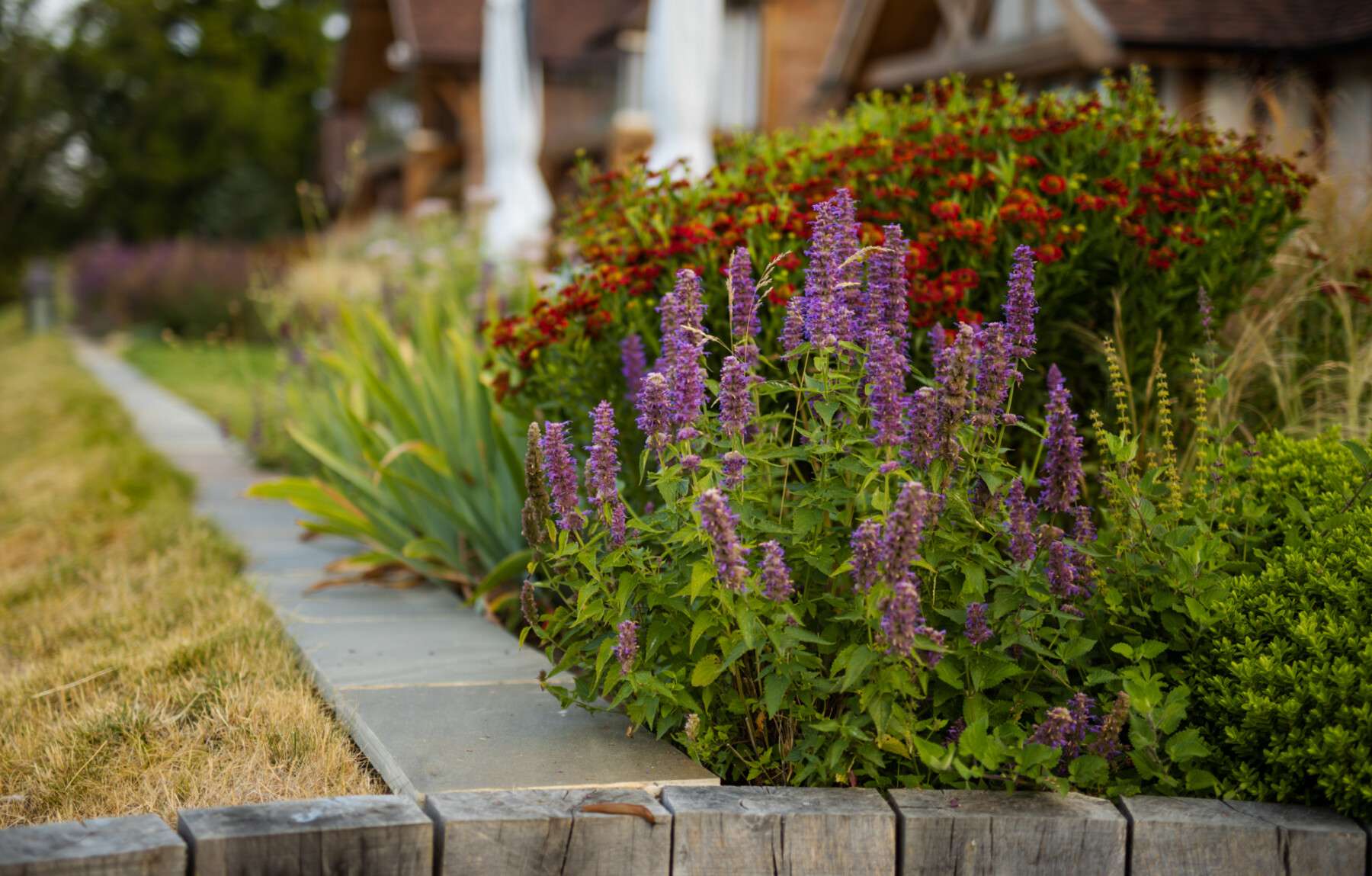
What to do
The problems usually associated with limestone-based soils stem from a high pH and a lack of topsoil depth. Nutrients, mostly manganese and iron, are less available and water drains through quickly. Breaking through layers of rock and adding topsoil is certainly effective, although time and effort-consuming. The primary focus should be adding organic matter to the soil: this will help with water retention and increasing nutrient availability.
What to plant
The easiest way to cope with any garden situation is to use the plants that will thrive in the area.
Trees:
Cotoneaster frigidus ‘Cornubia’ is somewhere between a large shrub and a small tree but does well in both situations. A semi-evergreen with small, dark leaves, it is popular for screening. With white flowers in spring and bright red berries in autumn, it has a feature for all seasons. Although it can reach a good height, it is prunable if necessary and the tiny ‘Hybridus Pendulus’ is best for very small gardens.
Beech (Fagus sylvatica) is a beautiful, big, native tree. The light, bright, glossy leaves shine bright on a sunny day and the smooth grey bark tends to remind me of an elephant’s leg. Stunning as a statement tree within woodland planting, Beech also works well as hedging or topiary, meaning there is no garden that wouldn’t be improved by planting beech.
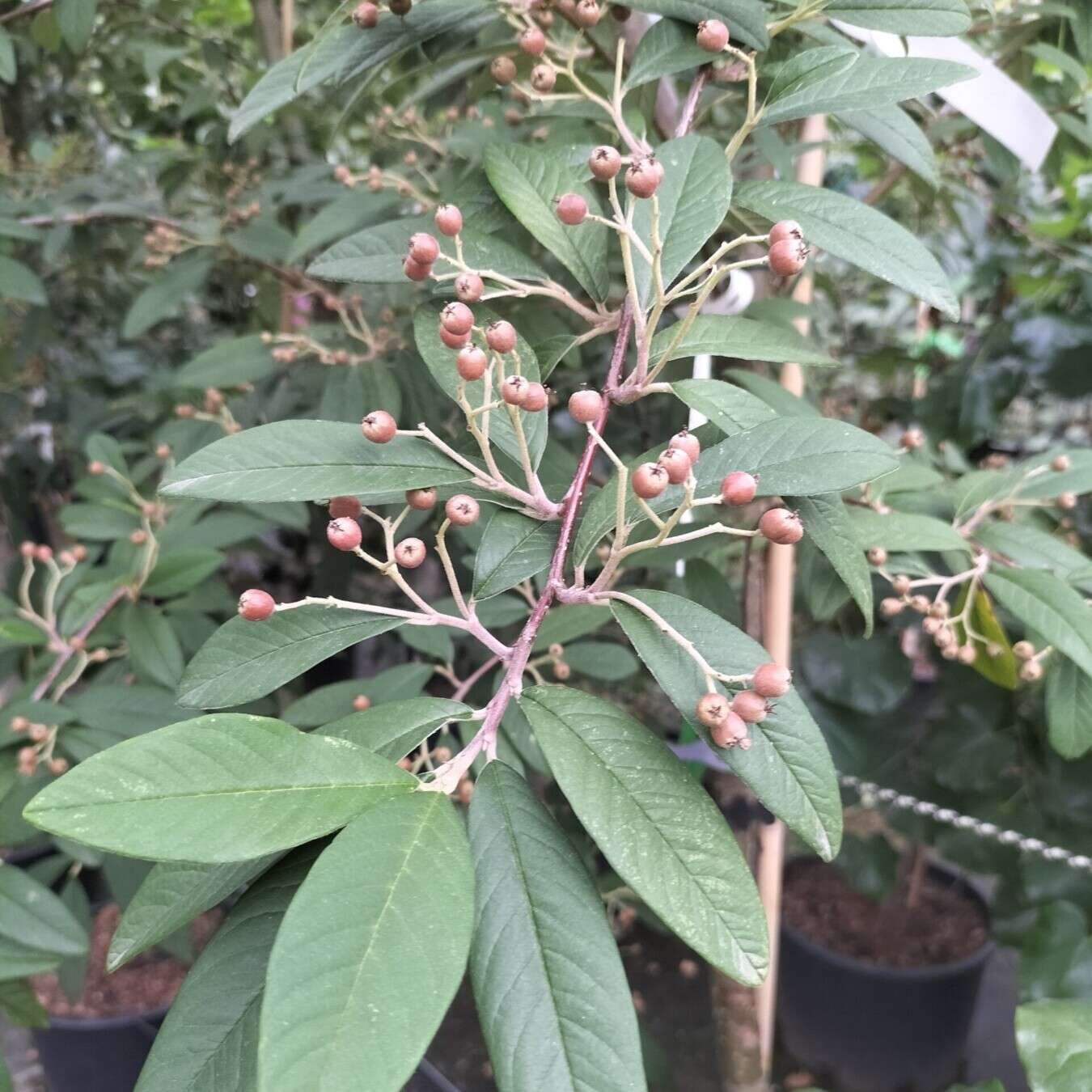
Cotoneaster frigidus ‘Cornubia’
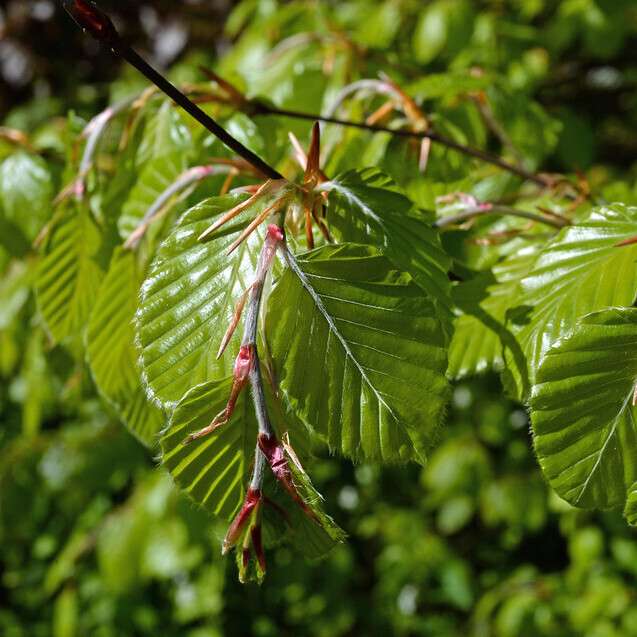
Beech (Fagus sylvatica)
Shrubs:
Ceanothus is a lovely, small-leaved evergreen with bright blue flowers in late spring. They vary in size from the lower growing repens to large shrubs and even small trees.
Syringa or lilac is another larger shrub with a wonderful, scented show of flowers in spring, ranging from purples through to whites. They are deciduous, but the heart-shaped leaf is beautiful from spring to autumn. Again, these can be grown as small trees but some are small enough for growing in containers.
Hebes are another favourite small shrub for a sunny, mixed herbaceous scheme, with the added benefit that they are evergreen. The small leaves come in various shades and the late spring flowers add further interest. There are larger varieties that could reach a metre or two but these tend to respond better to pruning.
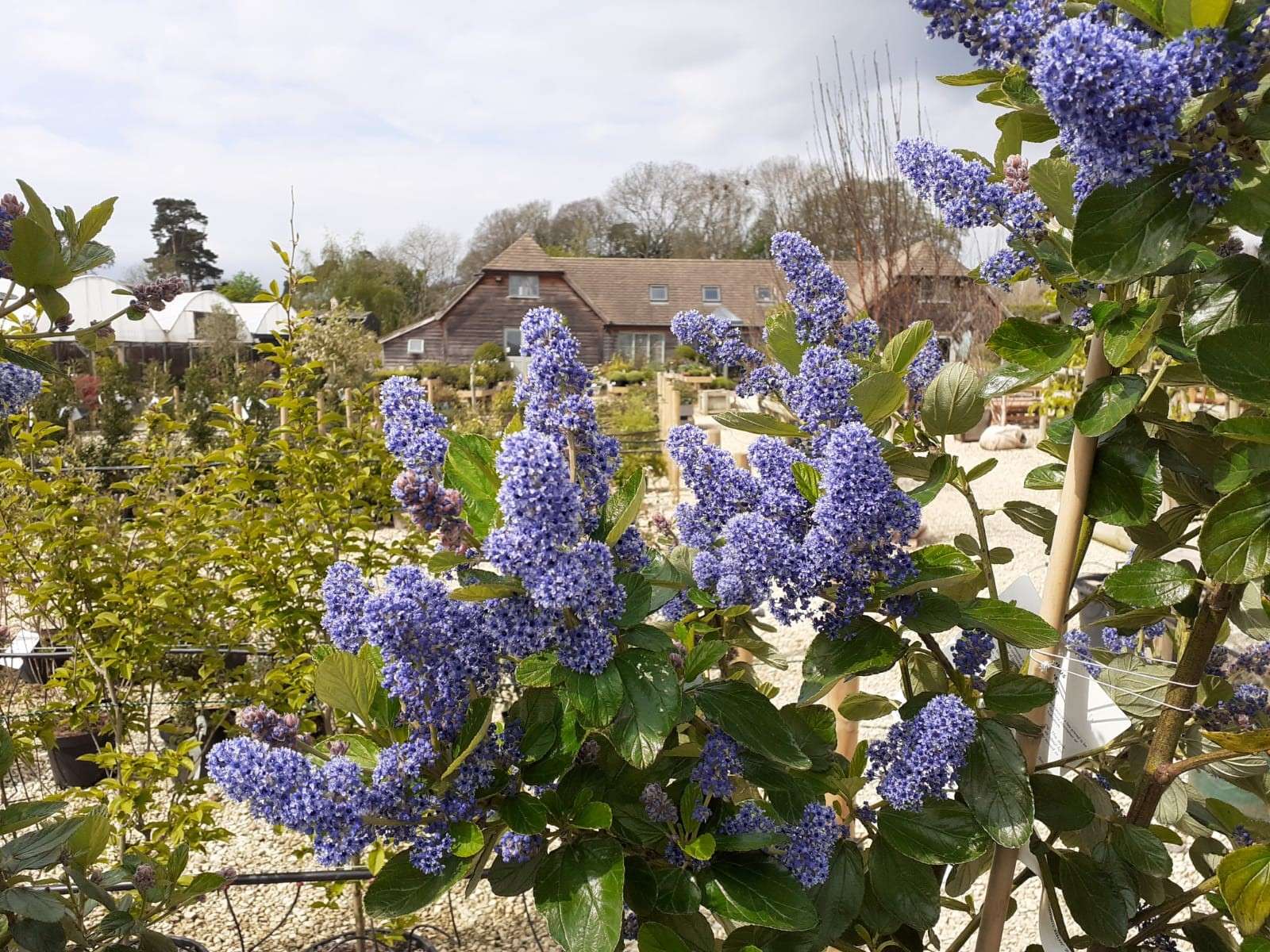
Ceanothus
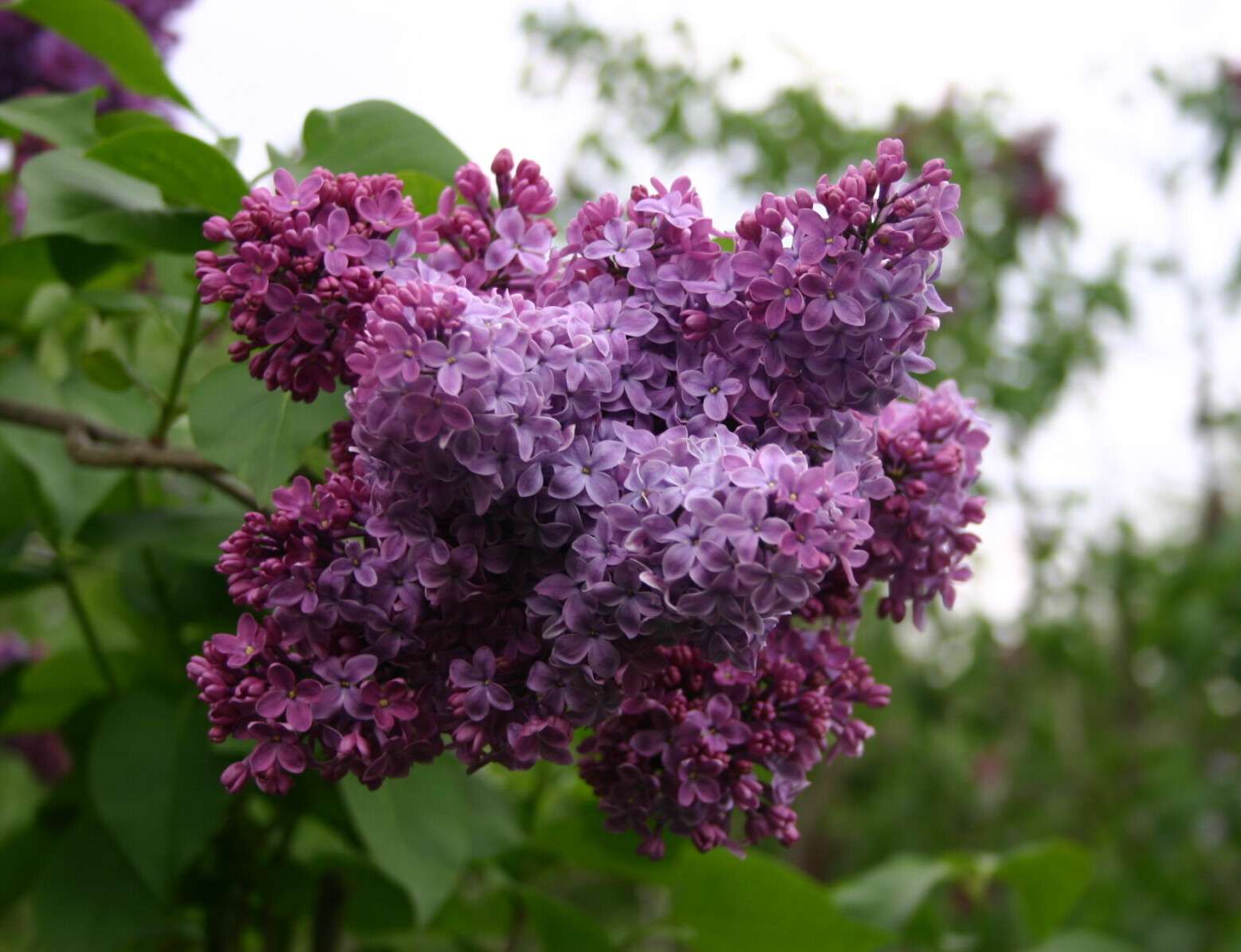
Syringa
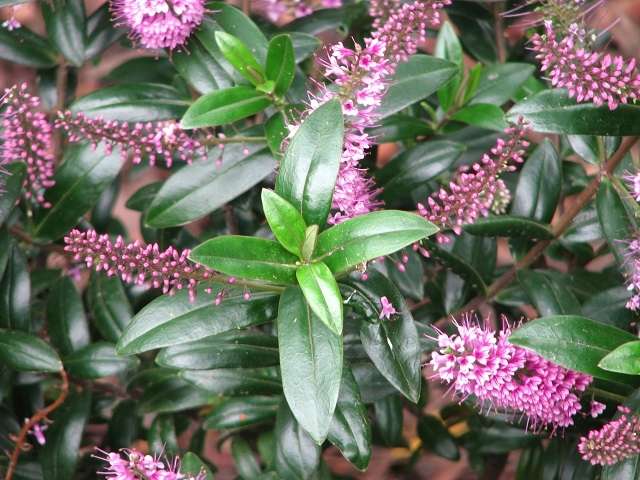
Hebes
Herbaceous:
Oxeye daisy (Leucanthemum), with its huge, daisy-like flowers, looks stunning in any wild planting, from summer into autumn. They really are the gift that keeps on giving, as they can flower repeatedly if dead-headed regularly. There are a few varieties becoming available, some with double petals and some dwarf ones.
Hart’s-tongue fern (Asplenium scolopendrium) has a lovely, bright, glossy leaf and, unusually for a fern, the leaves are strap-shaped and unbranched. It is a native plant, often found in ancient wet woodland, but will happily grow almost anywhere. It has been known to self-seed into dry stone walls and grow in the cracks of pathways. Happy in sun or shade, it is one of the most universal plants.
Agapanthus are grown in a range of sizes and colours, but the ball of flowers on their stalks sitting above the long strappy leaves make these very popular. However, they do require plenty of sun and may need frost protection in winter as they are not always hardy.
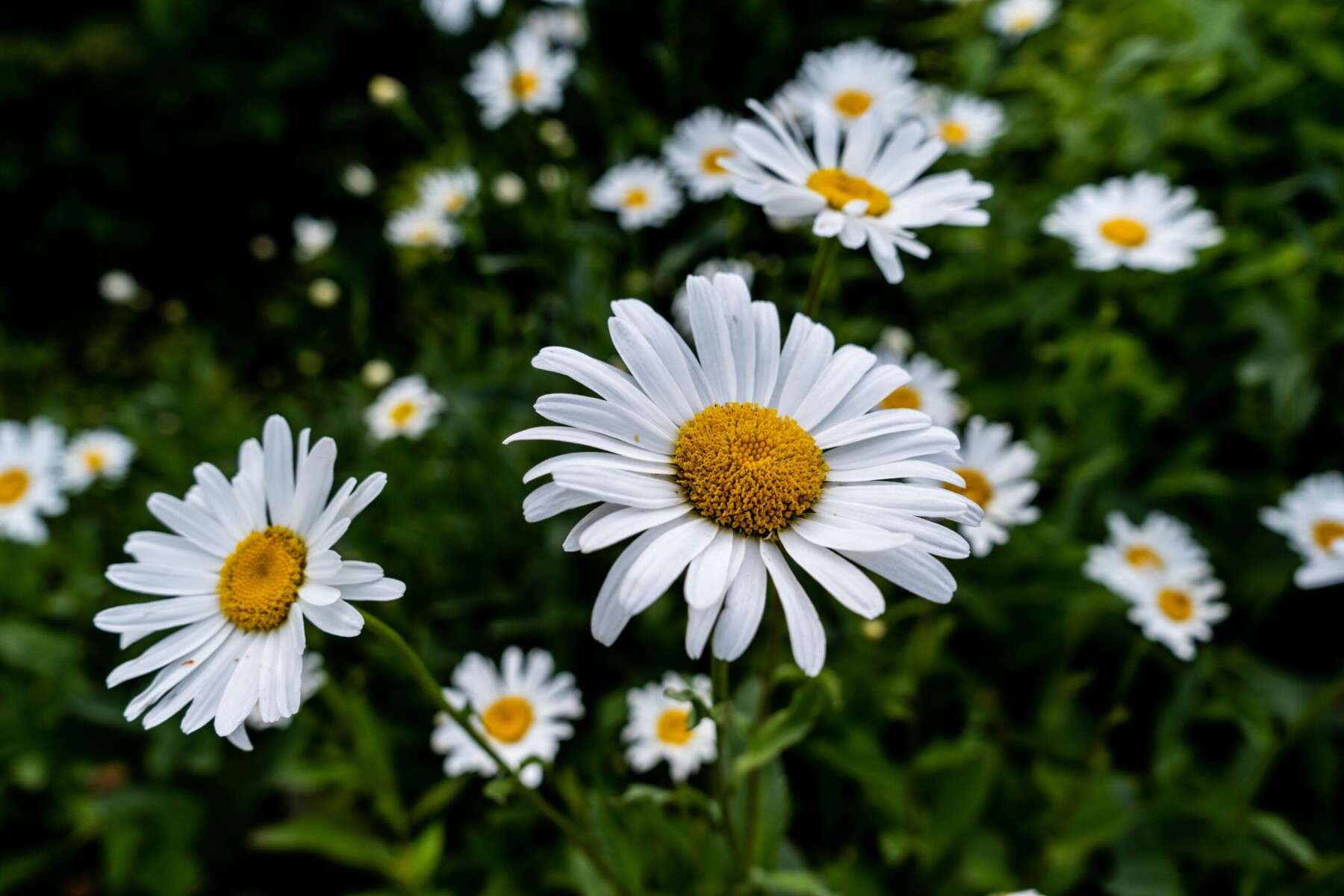
Oxeye daisy (Leucanthemum)
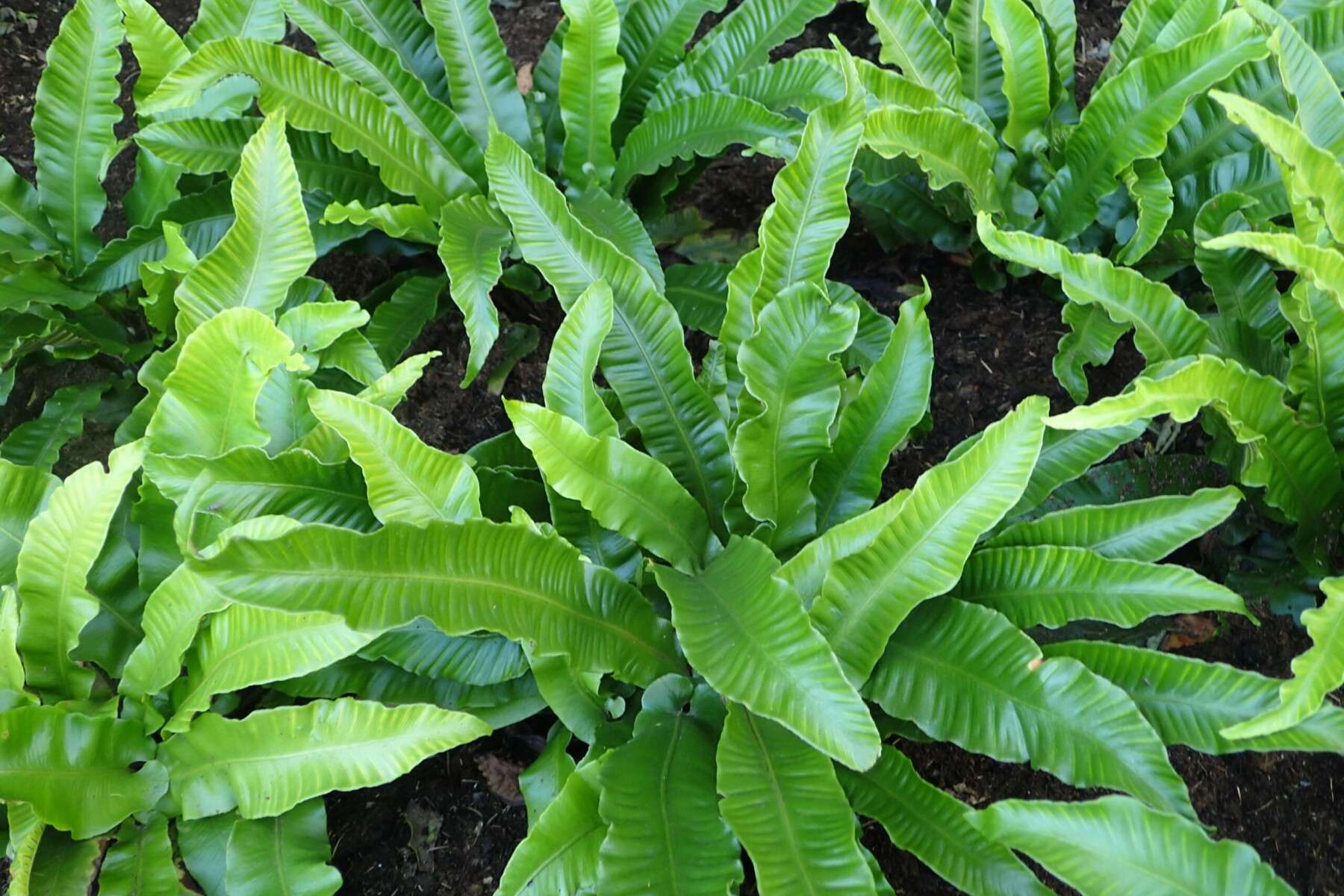
Hart’s-tongue fern (Asplenium scolopendrium)
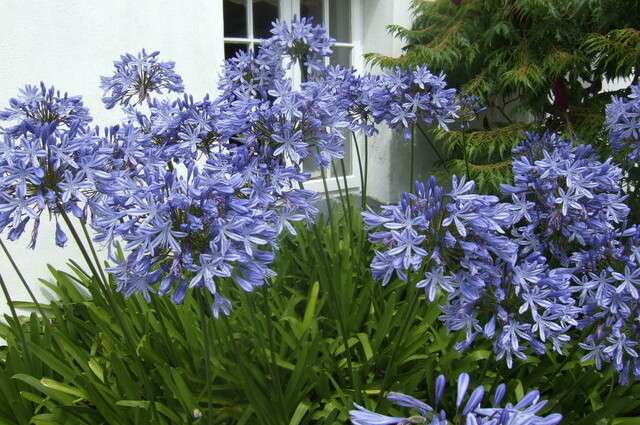
Agapanthus
Should you have further questions about the best plants to use for the soil in your garden, why not pop into our Plant Centre, why not pop into our Plant centre and speak to our team of horticultural experts? Please note, we may not have all of these plants in stock at one time. For detailed information about our range, please speak to our plant’s sales team by calling us on 01869 340342 (option 1) or emailing plantsales@nicholsonsgb.com.

